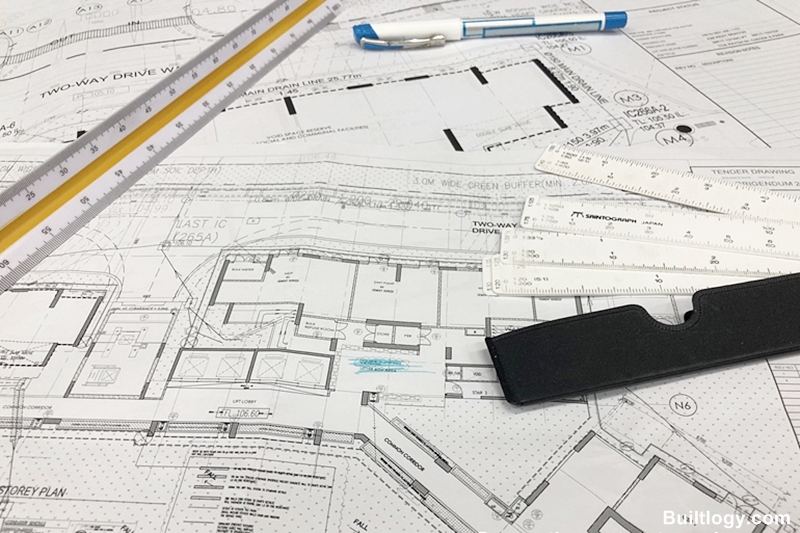Estimates are important in project planning and it affects the overall success of the project too. For any project, it is important to accurately estimate the cost, time and even the possible risks. The below discussion is based on “The Art of Creating Accurate Estimates’, written by Griffin, M. and my opinions are mostly based on cost estimating of projects.

Cost estimation is vital for any project. This can be a preliminary estimate at the conceptual stage or a detailed estimate in the following stages. Once the detailed cost estimate is prepared, it will be added to the project budget. That enables tracking the actual cost against the budgeted cost. With a cost estimate, the team has an understanding of the overall project cost and that provides a basis for managing the commercial aspects of the project together with the project progress (Watt, 2014). In the article “The Art of Creating Accurate Estimates”, the author suggests that project estimations are frequently influenced by optimism and pessimism. He argues that the overestimation or underestimation is due to the lack of experience or due to previous negative experiences (Griffin, 2015). In this post, I will discuss my opinion on the content shared in this article based on my experience in cost estimating.
What is worse: over or underestimating?
With my experience in construction project estimation and working for the tender department for almost all years of my working experience, I have a different opinion. First, the basic estimate or actual estimation for the project needs to be accurate as possible. It is not that difficult to come up with an accurate estimation when it is done properly. However, if the estimator missed out on an important activity for the project, the estimate will not be accurate. On the other way, I have experience where estimators do not want to take the burden of underestimation or lose money if the project is awarded. Therefore, they add a risk factor during their cost estimation. I find both underestimation and overestimation do nothing good for the company or the client. Underestimated projects will end up with losses if not managed well. If you overestimate, you will not get the job in case if you are a contractor or a company that submits a bid. On the other way, if you work on behalf of the client and prepare project estimation in the initial phases of the project, you will not show the correct picture of the project cost to the client. Considering all these, it is important to come up with an accurate estimation and after that; the cost can be adjusted using the profit margin depending on the interest in the project. This adjustment is done if you are bidding on a project.
Also read: Types of tender methods in construction
Is there a way to combat the tendency?
I believe accurate estimation is important. Based on the accurate estimate, the final estimation can be adjusted according to other factors such as qualitative factors or business strategies including a profit margin if the estimation is for bidding purposes.
I refer to an article written by me related to preparing an accurate estimation. Although it refers to cost estimation for construction projects, I will be based on that to highlight my experience in combating the tendency. To come up with accurate cost estimation, it is important to understand the project scope including the quality of the materials to use and other resource requirements. A detailed activity breakdown is the next important factor that makes it an accurate or inaccurate estimate. It is also important to have an idea about the current market rates. For this purpose, we always contact suppliers and contractors for updated price quotations. The estimator also needs to understand how the work is done to create his activity list (Gamage, 2020). If he lacks this knowledge, the estimate will be underestimated or overestimated. I agree with the author that he says experience helps a lot. If we have completed more projects in our career, the more data we have to check the assumption. That leads to an accurate estimation (Griffin, 2015). For example, when I prepare a cost estimation, I compare the final unit cost with a similar project we have done previously. However, this unit cost comparison should be done with care as some projects may have some specific features that add higher costs (Gamage, 2020).
The author’s proposed approaches to mitigate estimation inaccuracies
The author suggests two options to mitigate inaccurate estimations that are ‘plan for the fan to be hit’ or ‘reaching across the aisle’ (Griffin, 2015). As Griffin suggests, the plan for the fan to be hit approach is more effective compared to reaching across the aisle. Once the accurate estimation is prepared, a contingency to be added which allows covering the project expenses in case of cost overrun or inaccuracy. However, this contingency cost shouldn’t be a higher value. It should be a percentage from the overall project cost that keeps as a buffer. It is not all about creating cost estimation. The cost estimation should also be able to win the project for the company.
Griffin also suggests reaching across the aisle (Griffin, 2015). Open client communication is good in certain situations and it depends on the cost and quality of the deliverable. There are certain situations that clients prefer the highest quality for the lowest cost where it adds a burden to the project manager.
Conclusion
Cost estimation is important in successful project management. The key is to prepare an estimation that is not underestimated or overestimated. However, most of the time, managers prefer to have an optimistic estimation. As Griffin shared in his article, creating an accurate estimation is an art. Managers need to use their experience and knowledge to come up with an accurate estimation that allows them to complete the project within the expected duration to the expected quality.
References
Gamage, A. (2020). How to Prepare an Accurate Cost Estimation for your Construction Bid. Sihela Consultants. https://sihelaconsultants.com/prepare-accurate-cost-estimation-for-construction-bid/
Griffin, M. (2015). The Art of Creating Accurate Estimates. A List Apart. https://alistapart.com/column/creating-accurate-estimates/
Watt, A. (2014, August 14). Project management. BCcampus. http://opentextbc.ca/projectmanagement/. Licensed under Creative Commons Attribution 4.0
Disclaimer: This article “The Art of Creating Accurate Estimates” was created using a paper written as part of the MBA program
Also read:
Skills today’s managers need in the knowledge economy
Case Study: Hidden Costs and Dangers of the Shortcut

 by
by 

